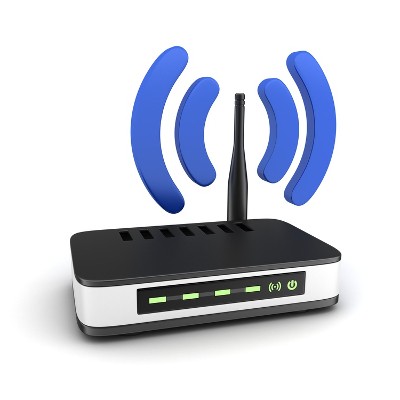Computers used to be great hulking pieces of machinery that were difficult to move. These days, however, mobility is a major contributing factor when buying a new device. Today’s smartphones are more powerful than computers built a decade ago, so it’s no surprise that organizations are prioritizing in mobility.
If your business is using technology that focuses on mobility, you’ll recognize the many benefits that it can provide. However, mobile technology doesn’t come without its fair share of problems. Here’s how mobile devices can help your business, as well as some of the problems frequently associated with them in the workplace.
The Benefits of Going Mobile
Mobile technology is capable of helping your business push beyond the barriers associated with the traditional office environment. Here are just a few reasons why your business should focus on improving technological mobility:
- More Productivity
If your team has mobile devices, they can be productive from anywhere, anytime. Your employees can check their email, organize schedules, and communicate while on the road or work remotely. Basically, mobile technology allows employees to streamline the way that they do work and accommodate it in their life outside the office.
- Workplace Versatility
Employees like having options for where and how to work. If your team is equipped with mobile technology, and your office accommodates many different places for them to work, your employees will be far more productive and happy with their working situation. This is particularly helpful when someone needs peace and quiet, and there’s an absurd amount of chatter going on in the office.
- Increased Efficiency
The act of making your technology infrastructure more mobile comes with the added efficiency of being able to access data and applications from the cloud. This helps your business stay productive by staying connected to crucial parts of your business. As long as you have an Internet connection, you can access critical resources from anywhere.
The Challenges of Mobile Technology
As is the case with any technology that accesses your network, you need to ensure that it’s not putting your business’s data at risk. This is especially true for mobile devices that leave the office. How can you be certain that employee-owned smartphones, tablets, and laptops aren’t unintentionally sharing your information with the outside world? If these devices take data off the premises, and they were to get hacked or share information with other networks, you could be dealing with a data breach. Therefore, some kind of oversight is necessary in order to continue being productive without compromising on security.
Does your organization want to take advantage of mobile technology to enhance productivity? If so, you need to implement a Bring Your Own Device (BYOD) policy that’s designed to protect your business’s critical assets. One of the best and most practical ways to leverage BYOD is to use a mobile device management solution, which is designed to restrict the flow of data on these devices and limit its exposure to threats.
If you’re ready to delve into the world of mobile device management, give CoreTech a call at (270) 282-4926.













